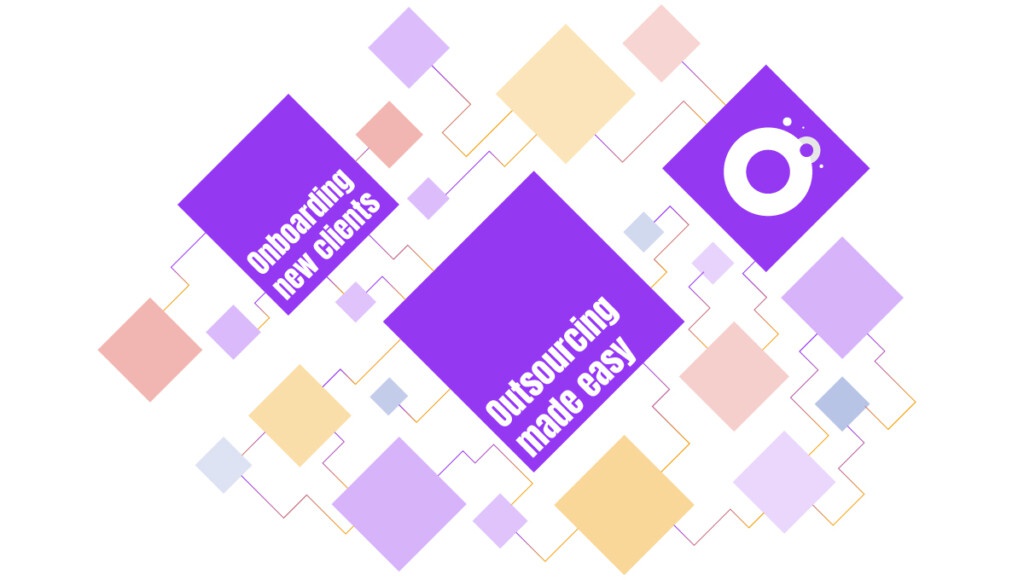Have you ever wondered what it really takes to invite someone to become a customer – or stay a customer? There are myriad factors that may contribute to these actions, along with many theories. But perhaps the most accessible is the Fogg Behavior Model (FBM), created by BJ Fogg, founder of the Behavior Design Lab at Stanford University. If you understand the model he created based on research findings, you can improve customer acquisition and customer retention quickly and sustainably. Learning about the FBM and implementing corresponding best practices is one of the best business growth tips we have. Here’s how it works.
The Premise of the FBM
Fogg’s behavior model “shows that three elements must converge at the same moment for a behavior to occur: motivation, ability, and a prompt. When a behavior does not occur, at least one of those three elements is missing.” Prompts fail when someone has low motivation and low ability, while prompts succeed when motivation and ability are high. There’s a curve in the model, showing how the three components correlate.
What Can You Control?
Why does any of this matter in the areas of customer acquisition and customer retention? Because it tells us exactly what is necessary to compel someone to take any action that we want them to take. In other words, if you can master the convergence of motivation, ability, and prompts when it comes to your customers and prospects, you can greatly increase the odds of them buying from you or taking whatever your desired next step is.
But, not all of these components are able to be manipulated perfectly every time. In order to make any of this information useful, you must focus on the areas you can control. You cannot control your buyer’s motivation, but you can increase their ability to do what you want them to do. How? By making everything unbelievably easy.
Ease First
Amazon is a great example. They made fast, easy purchases a reality by storing payment information and shipping addresses, and offering one-click purchases. In doing so, they removed any barrier to purchasing that someone may have. A one-click purchase takes a matter of seconds to complete, if your information is already stored. Even if someone isn’t greatly motivated to make that purchase, it’s so easy that they’re bound to do it anyway.
Businesses everywhere can learn from this. Consider your entire customer journey. When you deliver a quote for a job, do you ask the customer for page after page of information? If so, you’re reducing their ability to complete the quoting process. When a customer considers placing an order, is all the information easy to find and easy to read? Is the actual ordering process simple? And, once they’re a customer, are you making it easy for them to stay with you?
If you require interested prospects to call you to place an order, for example, you’re reducing their ability to do so. You’re making it harder. It would require extremely high motivation for someone to take the time and exert the effort to go through with that purchase. But, offer fast and easy online ordering, and you’ve increased customer ability. Now, the customer is much more likely to follow a prompt (e.g. a discount offer, an ad, etc.) because very little motivation is required when the action is so easy.
Think through what you can do to make the entire customer journey easier. This will go a long way in improving customer acquisition and retention. Any questions? We’re here to help.



